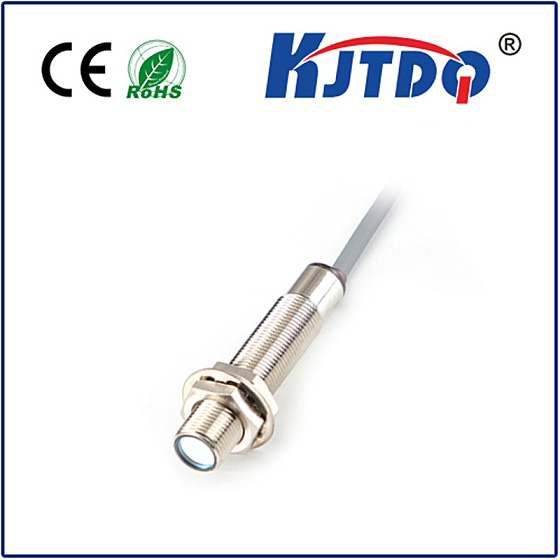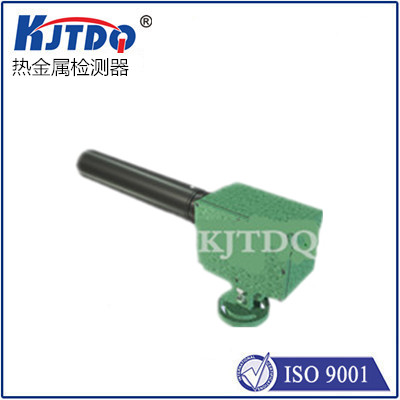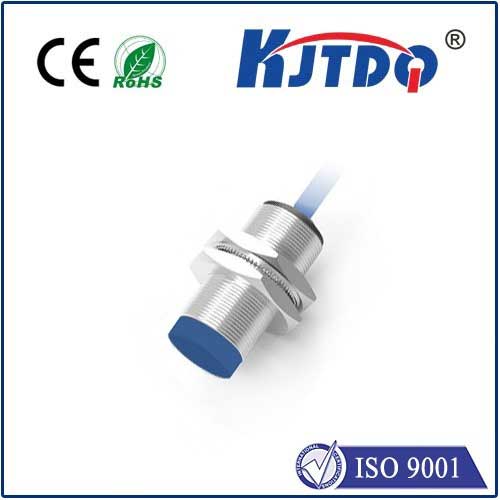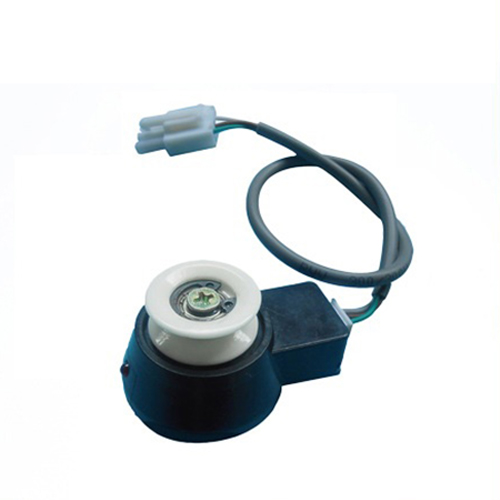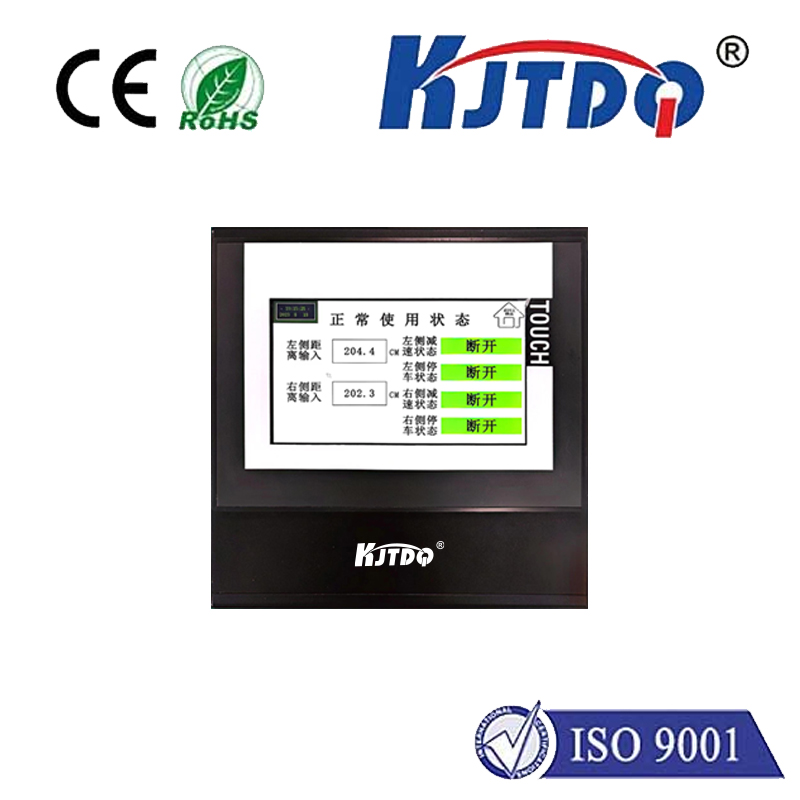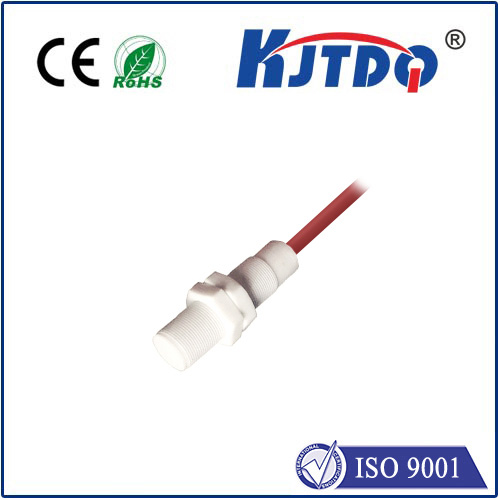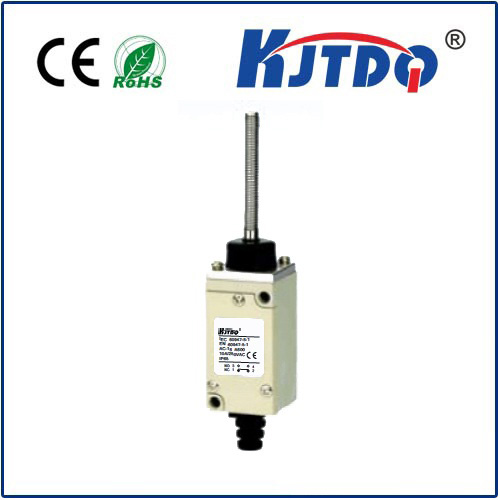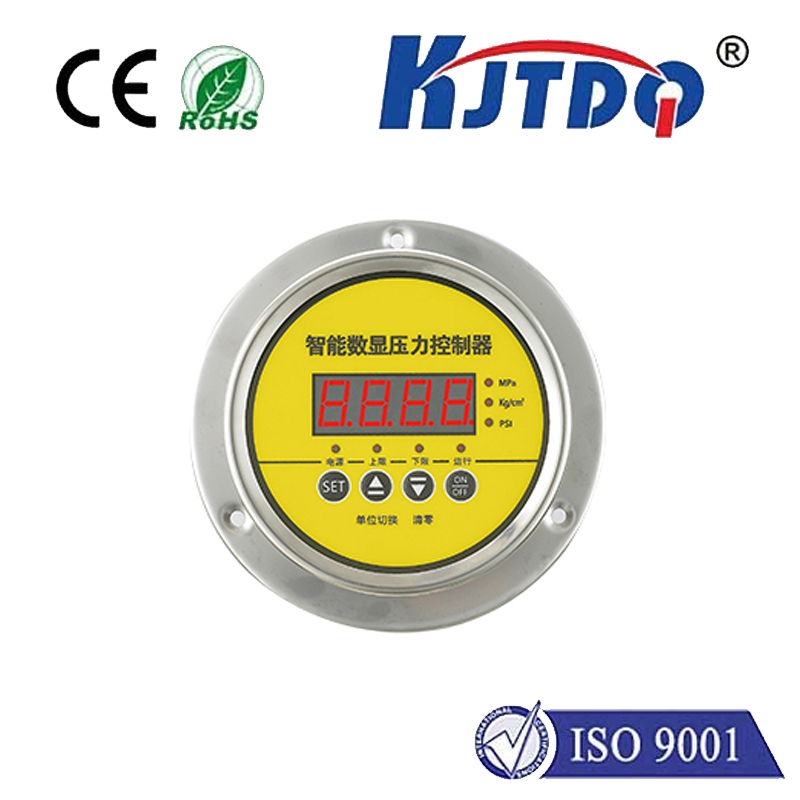distance sensor
- time:2025-08-27 08:43:02
- Click:0
The Unseen Eyes: How Distance Sensors Revolutionize Our Technological World
Imagine reaching out in complete darkness and knowing exactly how far your fingertips are from the wall. Or navigating a complex warehouse where machines glide past each other with millimeter precision, never colliding. This isn’t science fiction; it’s the everyday reality powered by the unassuming yet indispensable distance sensor. These ingenious devices act as the technological world’s spatial awareness, providing critical proximity information without physical contact.
Understanding the Core: What is a Distance Sensor?
At its essence, a distance sensor is an electronic device designed to measure the gap between itself and a target object. It achieves this feat by emitting energy – typically light (infrared or laser) or sound waves – and then precisely measuring the properties of the reflected signal to calculate the distance. This non-contact measurement principle is fundamental, making them ideal for applications where physical touch is impossible, undesirable, or could cause damage. The distance measurement provided by these sensors is the cornerstone of countless automation, safety, and interactive systems.
Peeking Under the Hood: How Do Distance Sensors Work?

While the core principle remains the same – emit, reflect, measure, calculate – several distinct technologies power modern distance sensors, each with unique strengths:
- Ultrasonic Sensors: These emit high-frequency sound pulses beyond human hearing. Distance is calculated based on the Time-of-Flight (ToF) – the time it takes for the echo to return. Reliable for various materials and unaffected by color or light, they excel in parking assist systems, object level detection in tanks, and basic robot navigation, though air turbulence and ambient noise can be factors.
- Infrared (IR) Sensors (Proximity & Distance): Often used for simple presence detection (proximity sensing), some advanced IR sensors use triangulation or modulation techniques for accurate distance measurement. A common type involves an IR LED emitter and a position-sensitive detector (PSD). The angle of the reflected IR beam changes with distance, allowing calculation. Compact and cost-effective, they power automatic faucets, touchless switches, and basic robot obstacle avoidance, but performance can vary with object surface and ambient IR light.
- Laser Distance Sensors: Primarily utilizing Time-of-Flight (ToF) or triangulation methods, these sensors emit a focused laser beam. ToF laser sensors measure the round-trip time of the light pulse for highly accurate long-range measurements. Triangulation laser sensors project a laser spot onto a target; the position of the reflected spot on a sensor array determines the distance. Laser sensors offer exceptional precision and long range, crucial for industrial automation, surveying (LiDAR – which often uses laser ToF principles), construction, and robotics. Environmental factors like reflective surfaces require consideration.
- LiDAR (Light Detection and Ranging): While technically a complex system often incorporating multiple sensors and scanning mechanisms, LiDAR fundamentally relies on rapidly firing laser pulses and measuring their ToF to create detailed 3D point clouds of the environment. It has become synonymous with high-resolution spatial mapping and is the primary distance sensing technology enabling autonomous vehicles, advanced robotics, and geographical surveying.
The Invisible Impact: Where Distance Sensors Make a Difference
The applications for distance measurement technology are vast and continuously expanding. Here are some key areas where they are indispensable:
- Industrial Automation & Robotics: This is where distance sensors truly shine. They enable precise positioning of robotic arms, guide automated guided vehicles (AGVs) safely through dynamic environments, monitor fill levels in silos and tanks, ensure quality control by measuring object dimensions or detecting defects, and safeguard machinery through safety light curtains (using proximity sensing).
- Automotive Safety & Convenience: Modern vehicles are packed with distance sensors. Ultrasonic sensors beep warnings as you reverse. Advanced driver-assistance systems (ADAS) rely heavily on radar (another distance measurement tech) and LiDAR for adaptive cruise control, automatic emergency braking, blind-spot detection, and lane-keeping assistance – actively preventing collisions.
- Consumer Electronics: Your smartphone’s auto-brightness adjusts using a light and (often IR) proximity sensor. Drones use ultrasonic and vision systems for stable hovering and obstacle avoidance. Smart home devices like robot vacuums navigate complex room layouts, avoiding furniture using distance sensing combinations. Interactive displays and touchless controls frequently leverage IR proximity or distance detection.
- Healthcare & Accessibility: Distance sensors contribute to non-contact patient monitoring, assistive devices that help the visually impaired navigate, and precise positioning in medical imaging equipment and robotic surgery systems.
- Construction & Agriculture: Laser distance meters (like handheld laser distance sensors) are ubiquitous on construction sites for quick, accurate measurements. LiDAR technology is used for topographic mapping, volume calculations, and guiding autonomous agricultural machinery.
Looking Ahead: The Future of Distance Sensing
The evolution of distance sensing technology is relentless. Key trends include:
- Miniaturization & Integration: Sensors are becoming smaller, cheaper, and more powerful, enabling their integration into an ever-wider array of devices and systems.
- Enhanced Intelligence & Fusion: Combining data from multiple sensor types (sensor fusion) – like camera vision with LiDAR or radar – provides richer environmental understanding, crucial for complex applications like full autonomy. AI algorithms are being used to interpret sensor data more intelligently.
- Improved Performance: Ongoing development focuses on increasing precision, extending range, improving performance in challenging environments (e.g., fog, rain, varying lighting), and reducing power consumption.
Beyond the Numbers: The True Value
Distance sensors are far more than just gadgets that spit out numbers. They are the fundamental building blocks of spatial intelligence for machines. By providing accurate, real-time distance measurement, they enable safety systems that save lives, drive efficiency in complex industrial processes, create intuitive human-machine interfaces, and unlock capabilities – from autonomous navigation to precision manufacturing – that were previously unimaginable. They are, quite literally, helping our technology perceive and interact with the physical world in profound ways. The next time your car brakes automatically or your robot vacuum neatly avoids your foot, remember the unseen distance sensor quietly making it all possible. Their silent vigilance and precision measurement are shaping a smarter, safer, and more automated future.













